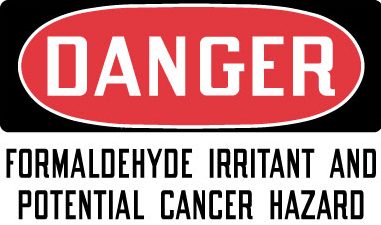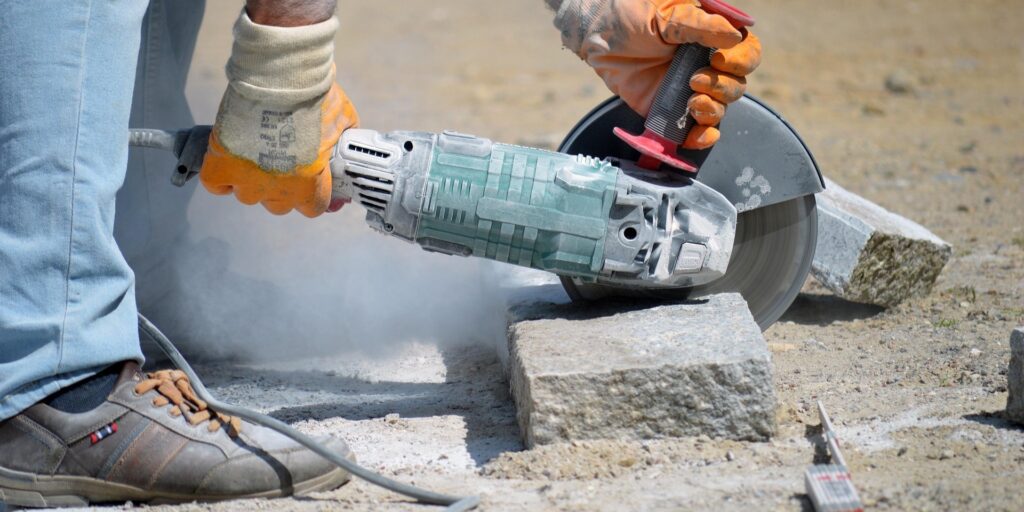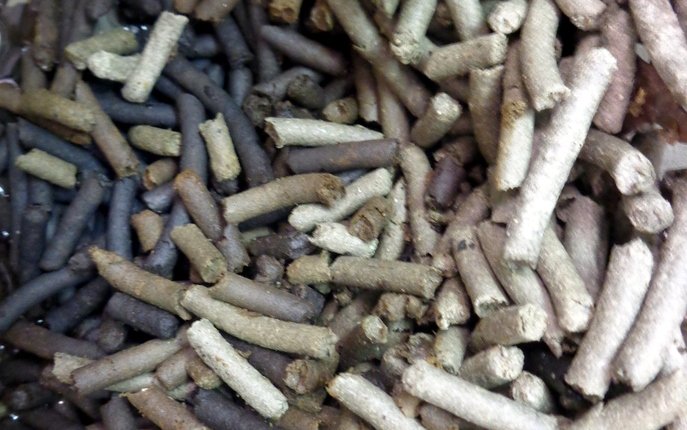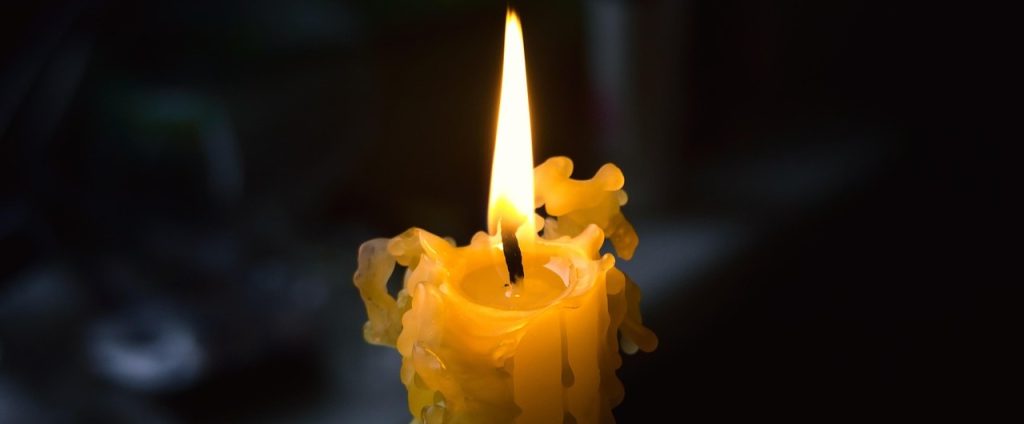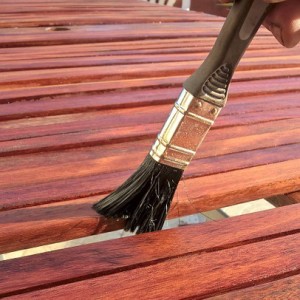
LCS Laboratory Inc. provides an air-sampling kit designed to measure formaldehyde levels in your home. Formaldehyde is a toxic and carcinogenic gas that can pose significant health risks when it concentration in air exceeds 40 ppb. Common sources of formaldehyde in residential settings include: furniture, laminate and hardwood flooring, Urea Formaldehyde Foam Insulation (UFFI), wood glues and varnishes, burning fire.
Prolonged exposure to formaldehyde may lead to nosebleeds, asthma, eye irritation, and even cancer. Health Canada recommends a safe indoor limit of 40 ppb—a threshold so low it requires laboratory testing for accurate detection.
Our formaldehyde air-sampling kit is an essential tool for homeowners, tenants, and professionals concerned about indoor air quality. Consider testing if:
- Your home contains UFFI insulation and you want to ensure a safe environment for your family.
- You recently installed new flooring, purchased furniture, or noticed a chemical odour that causes irritation.
- A household member is experiencing symptoms potentially linked to formaldehyde exposure, such as burning eyes, respiratory discomfort, or headaches.
Depending on your circumstances, you may implement different sampling strategies:
Scenario 1: Testing Homes with UFFI Insulation
Place one dosimeter on every floor, including the basement. If formaldehyde levels are below 40 ppb throughout the house, your air quality meets Health Canada’s safety standards. Elevated levels require either source removal or improved ventilation.
Scenario 2: Investigating Symptoms
For individuals experiencing symptoms:
- Place a dosimeter in the room where symptoms are most noticeable.
- Add another dosimeter in a frequently used room, such as a bedroom or living room.
- Use a final dosimeter in a “clean” room or outside to establish baseline levels.
Scenario 3: New Furniture or Flooring
If you suspect formaldehyde emissions from recent renovations or purchases:
- Test the room with the new materials.
- Place a dosimeter in an adjacent room.
- Use a third dosimeter in the farthest room to measure how far the gas has spread.
How the Sampling Kit Works
Your kit includes formaldehyde dosimeters and clear instructions. To conduct the test:
- Open the dosimeters and place them in the rooms you wish to test.
- Allow the dosimeters to absorb formaldehyde for 7-8 hours.
- Seal the dosimeters and return them to our laboratory in London, Ontario.
We analyze the samples using HPLC-UV technology, adhering to OSHA Method 1007. Within days, you’ll receive a detailed certificate of analysis.
Understanding Your Results
Your report will express formaldehyde levels in ppb:
- Less than 7 ppb: Air is exceptionally clean, with no detectable formaldehyde.
- 7–40 ppb: Low formaldehyde levels, below Health Canada’s limit.
- 40–100 ppb: Elevated levels; consider source removal or ventilation improvements.
- Above 100 ppb: Unsafe conditions; immediate action is necessary.
How to Order
You can order our formaldehyde testing kit online or by contacting us directly. Each kit includes dosimeters for two rooms, with options to add more as needed.
Protect your home and loved ones by identifying and addressing formaldehyde risks. Contact LCS Laboratory with any questions or for shipping instructions: Contact Us. Download our price list and request forms to get started. We’re here to help ensure your indoor air quality meets the highest standards of safety and comfort.

